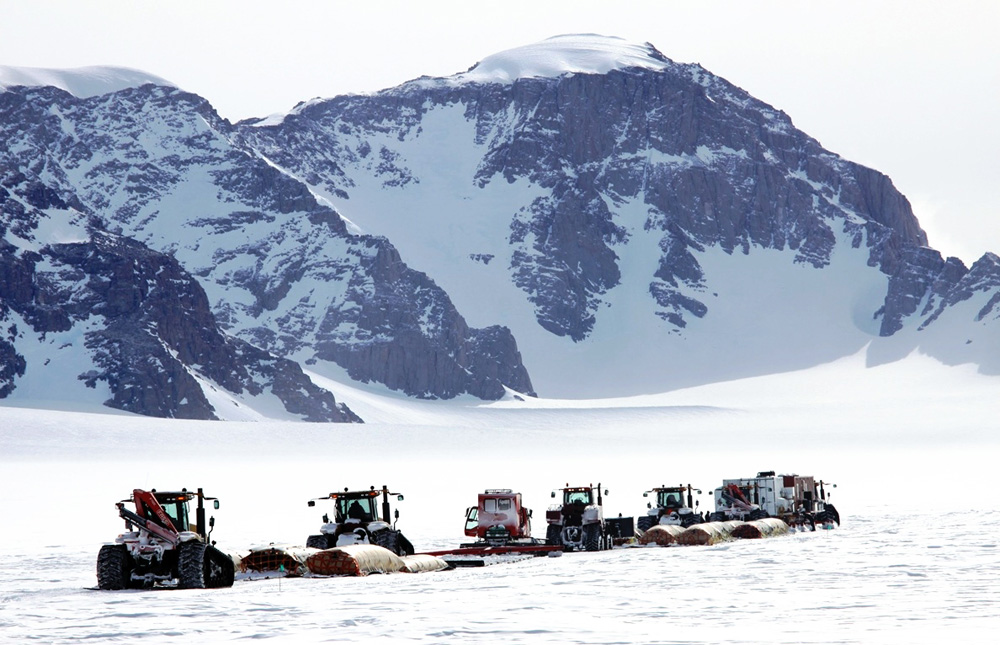|
Delivering the goodsNSF FY15 budget request earmarks $18.5M to support Blue Ribbon Panel initiativesPosted March 21, 2014
The National Science Foundation (NSF) “For more than six decades, the core mission of NSF has been to support fundamental research,” said NSF Acting Director Cora Marrett on March 9 when she presented President Barack Obama’s The proposed FY15 budget for the Division of Polar Programs (PLR) About $125 million is requested for research in both the Arctic and Antarctic. More than two-thirds of the money for PLR, about $305 million, will go toward infrastructure, facilities and logistics. The U.S. Antarctic Program (USAP) 
Photo Credit: Peter Rejcek
Members of the Blue Ribbon Panel enter one of the 36 warehouse locations at McMurdo Station in 2011.
Another nearly $68 million goes to the Department of Defense The Antarctic Facilities and Logistics budget includes $18.5 million to support improvements recommended by a 2010 Blue Ribbon Panel In the report, the 12-member panel, chaired by Norm Augustine The FY15 budget proposes to invest about half of the $18.5 million in equipment needed for the South Pole Traverse (SPoT), a tractor train that primarily hauls fuel between McMurdo Station and Amundsen-Scott South Pole Station Another $2 million will be used to upgrade utilities in advance of addressing other future improvements at McMurdo. A project to consolidate warehousing and trade facilities at McMurdo to save money requires the $7 million purchase and shipment of materials to begin construction in FY16, according to the NSF budget request. “NSF aims to increase the operational efficiency of U.S. activities in the Antarctic … by continuing progress on a multi-year commitment toward more efficient and cost-effective science support as recommended by the U.S. Antarctic Program Blue Ribbon Panel report,” Marrett said during her remarks. “Emphases include safety and health improvements, investments with positive net present value, and facilities renewal at McMurdo and Palmer stations. “Additionally, NSF aims to plan and execute more effective observational approaches to the Antarctic science community, as outlined in the 2011 National Research Council The NRC report, chaired by Dr. Warren Zapol at Harvard Medical School Each year, NSF receives about 50,000 proposals, and through its competitive merit review process, awards about 11,000 grants that engage the talents of about 300,000 researchers, postdoctoral fellows, trainees, teachers and students. That support is divided equally among individuals, teams, centers and major facilities. |



For USAP Participants |
For The Public |
For Researchers and EducatorsContact UsU.S. National Science FoundationOffice of Polar Programs Geosciences Directorate 2415 Eisenhower Avenue, Suite W7100 Alexandria, VA 22314 Sign up for the NSF Office of Polar Programs newsletter and events. Feedback Form |


